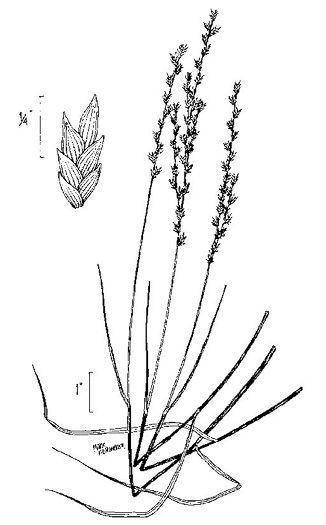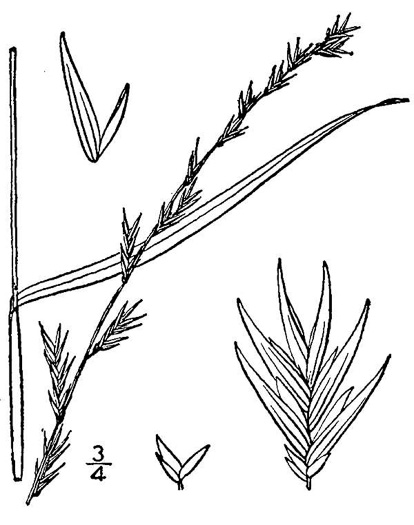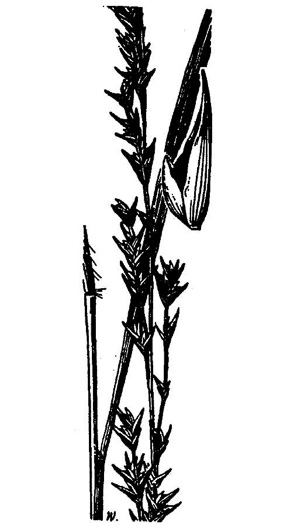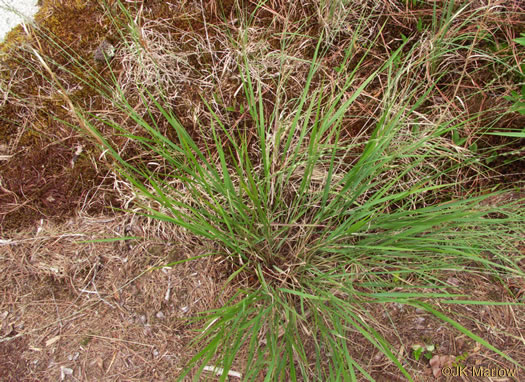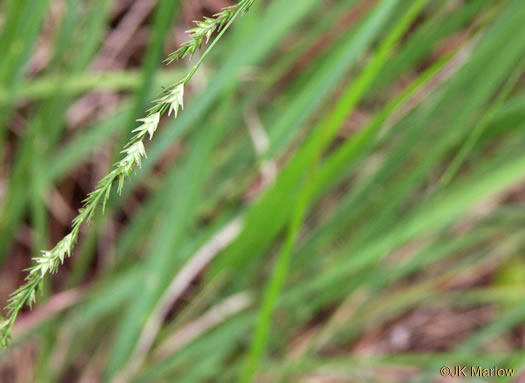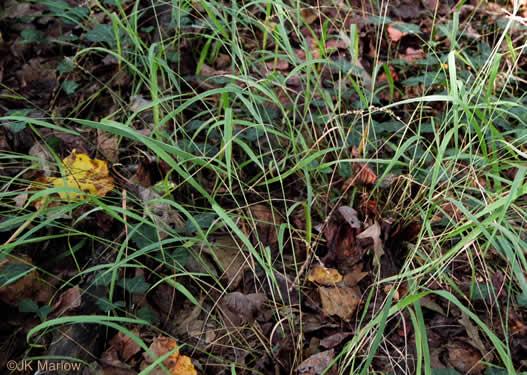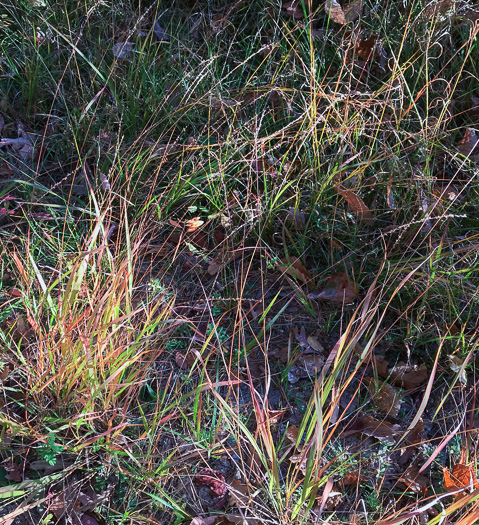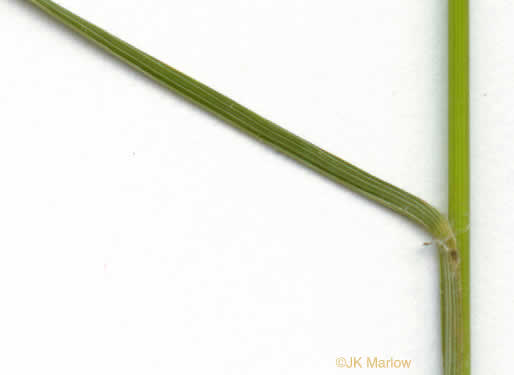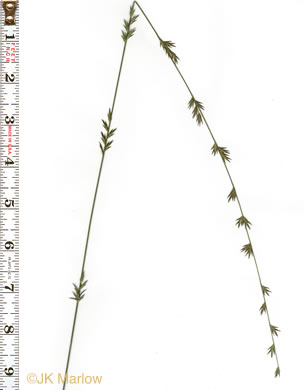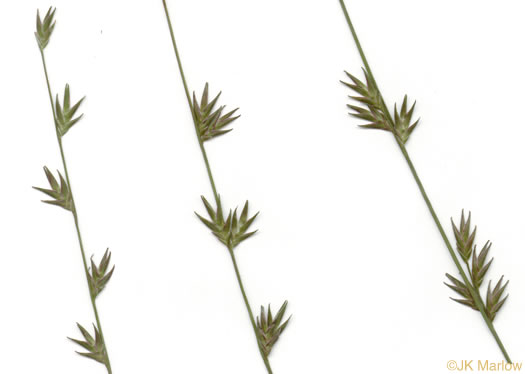Spermatophytes (seed plants): Angiosperms (flowering plants): Monocots: Commelinids: Poales
WEAKLEY'S FLORA OF THE SOUTHEASTERN US (4/24/22):
Chasmanthium laxum
FAMILY
Poaceae
Go to FSUS key
Dig deeper at SERNEC, a consortium of southeastern herbaria.
Learn more about Chasmanthium from the Vascular Plants of North Carolina.
SYNONYMOUS WITH
PLANTS NATIONAL DATABASE:
Chasmanthium laxum
FAMILY
Poaceae
SYNONYMOUS WITH Guide to the Vascular Plants of Florida (Wunderlin & Hansen, 2011)
Chasmanthium laxum var. laxum
SYNONYMOUS WITH Flora of North America north of Mexico, vol. 25 (2003)
Chasmanthium laxum
SYNONYMOUS WITH VASCULAR FLORA OF THE CAROLINAS (Radford, Ahles, & Bell, 1968) 029-10-001:
Uniola laxa FAMILY Poaceae
SYNONYMOUS WITH Manual of the Grasses of the US (Hitchcock & Chase, 1950)
Uniola laxa
SYNONYMOUS WITH Manual of the Southeastern Flora (Small, 1933, 1938)
Uniola laxa
COMMON NAME:
Slender Woodoats, Slender Spikegrass
To see larger pictures, click or hover over the thumbnails.
JK Marlow jkm060730_033
July Pickens County SC
Spikelets flat and nearly sessile, with 1-4 fertile and 1 sterile flower, per Vascular Flora of the Carolinas (Radford, Ahles, & Bell, 1968).
JK Marlow jkm0510b_01
October Greenville County SC
Similar to C. sessiliflorum except sheaths hairless, blades 3-6mm wide, per Forest Plants of the Southeast and Their Wildlife Uses (Miller & Miller, 2005).
JK Marlow s051015_d
October Greenville County SC
Collar (junction of leaf & sheath) glabrous or nearly so, leaves 3-7mm wide, per Weakley's Flora.
WEAKLEY'S FLORA OF THE SOUTHEASTERN US (4/24/22):
Chasmanthium laxum
FAMILY
Poaceae
SYNONYMOUS WITH
PLANTS NATIONAL DATABASE:
Chasmanthium laxum
FAMILY
Poaceae
SYNONYMOUS WITH
Guide to the Vascular Plants of Florida (Wunderlin & Hansen, 2011)
Chasmanthium laxum var. laxum
SYNONYMOUS WITH
Flora of North America north of Mexico, vol. 25
Chasmanthium laxum
SYNONYMOUS WITH
VASCULAR FLORA OF THE CAROLINAS (Radford, Ahles, & Bell, 1968) 029-10-001:
Uniola laxa
FAMILY
Poaceae
SYNONYMOUS WITH
Manual of the Grasses of the US (Hitchcock & Chase, 1950)
Uniola laxa
SYNONYMOUS WITH
Manual of the Southeastern Flora (Small, 1933, 1938)
Uniola laxa
If a search such as "Carex leptalea var. leptalea" doesn't deliver the results you want, try "Carex leptalea".
Or, to minimize chances of a misspelling, try just "Carex le".
Less is more: If "pencil flower" doesn't deliver the results you want, try "pencil".

